
How to get URL link on X (Twitter) App

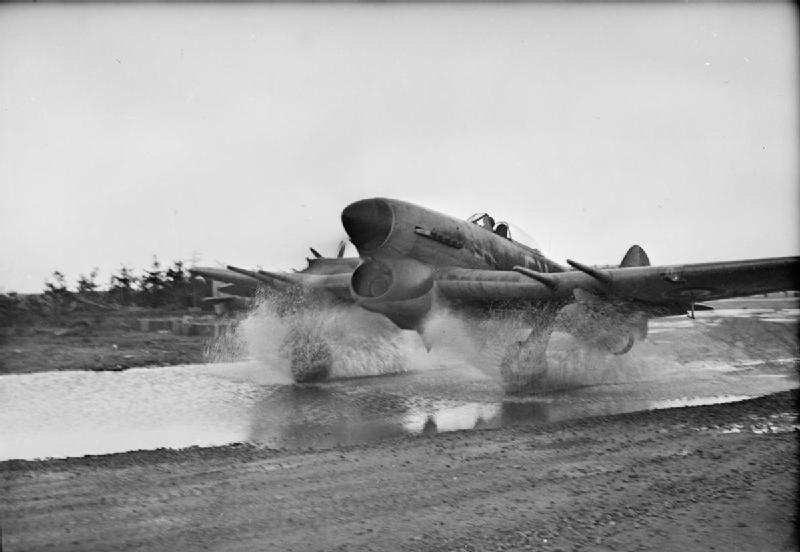
 Formed in July 1943, command passed to Arthur Coningham in January 1944, the New Zelander who had led the Desert Air Force from 1941-43 and pioneered the use of forward air control, 'cab ranks' and the rapid construction of forward air strips behind advancing ground forces.
Formed in July 1943, command passed to Arthur Coningham in January 1944, the New Zelander who had led the Desert Air Force from 1941-43 and pioneered the use of forward air control, 'cab ranks' and the rapid construction of forward air strips behind advancing ground forces. 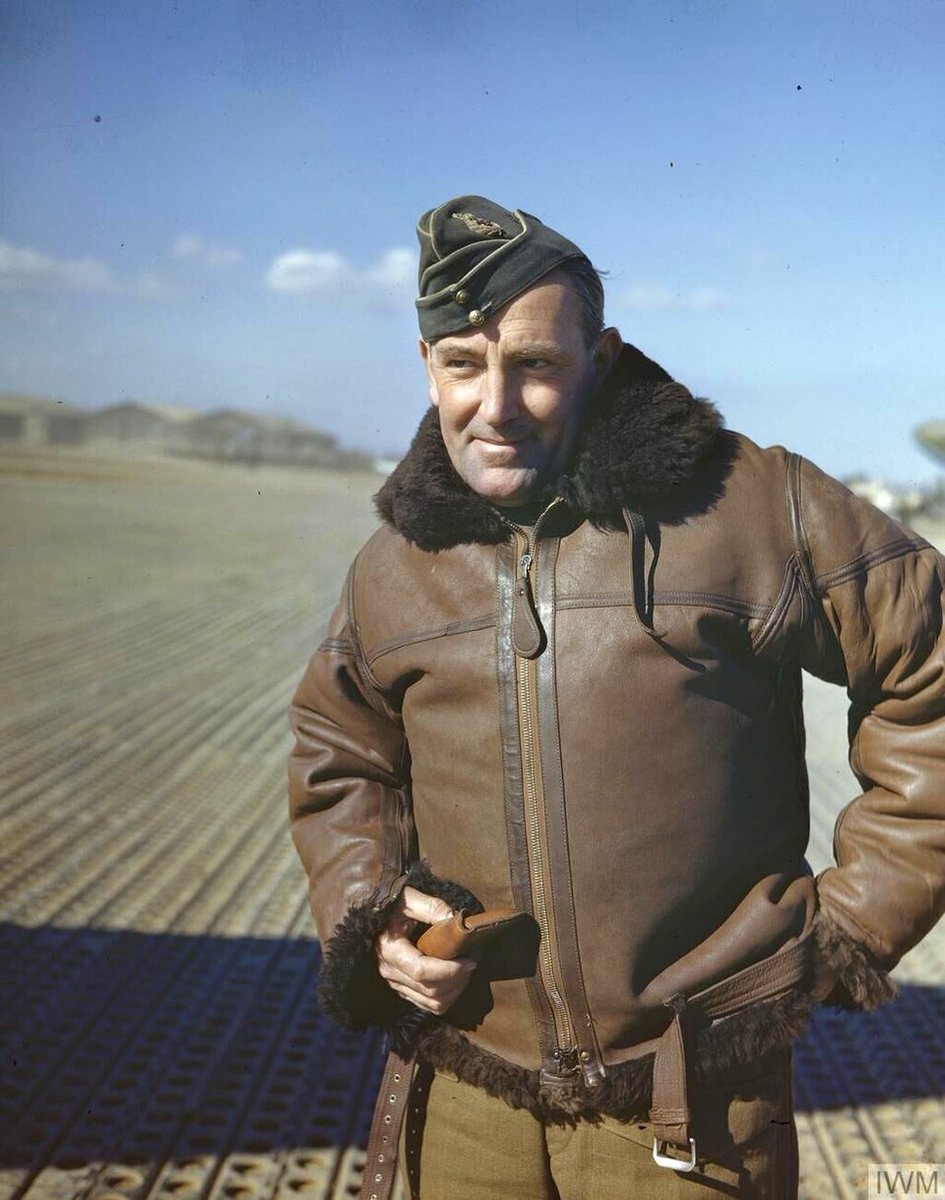
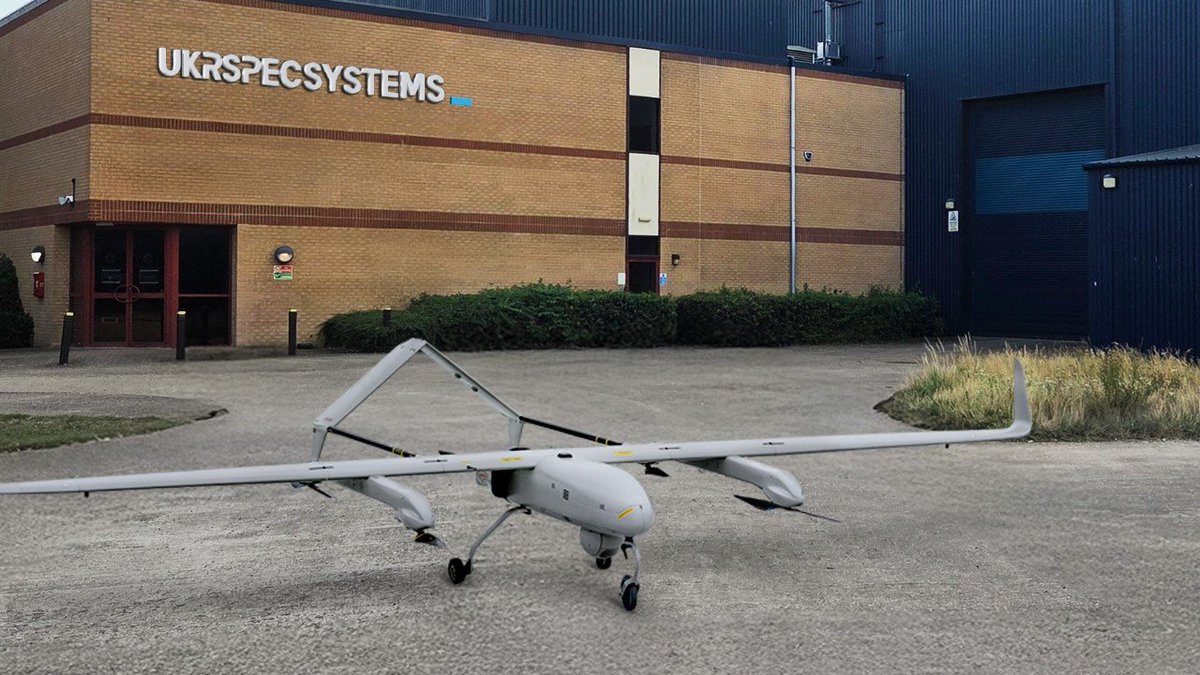
 UKrspecsystems manufactures the PD-2, Shark and mini-Shark ISR UAVs. Shark is likely to be built in the UK for both Ukriane and the British armed forces.
UKrspecsystems manufactures the PD-2, Shark and mini-Shark ISR UAVs. Shark is likely to be built in the UK for both Ukriane and the British armed forces. 
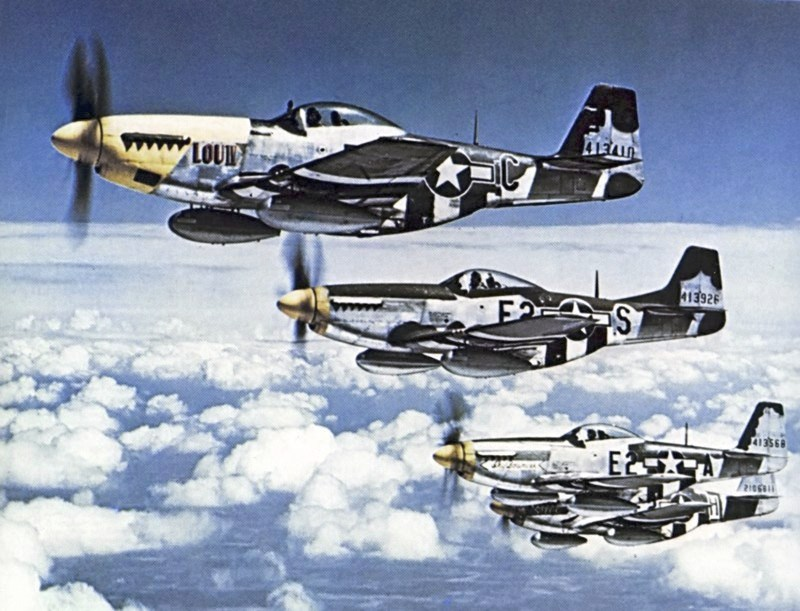
 ... more slippery than the Bf 109, the Spitfire or the FW 190.
... more slippery than the Bf 109, the Spitfire or the FW 190.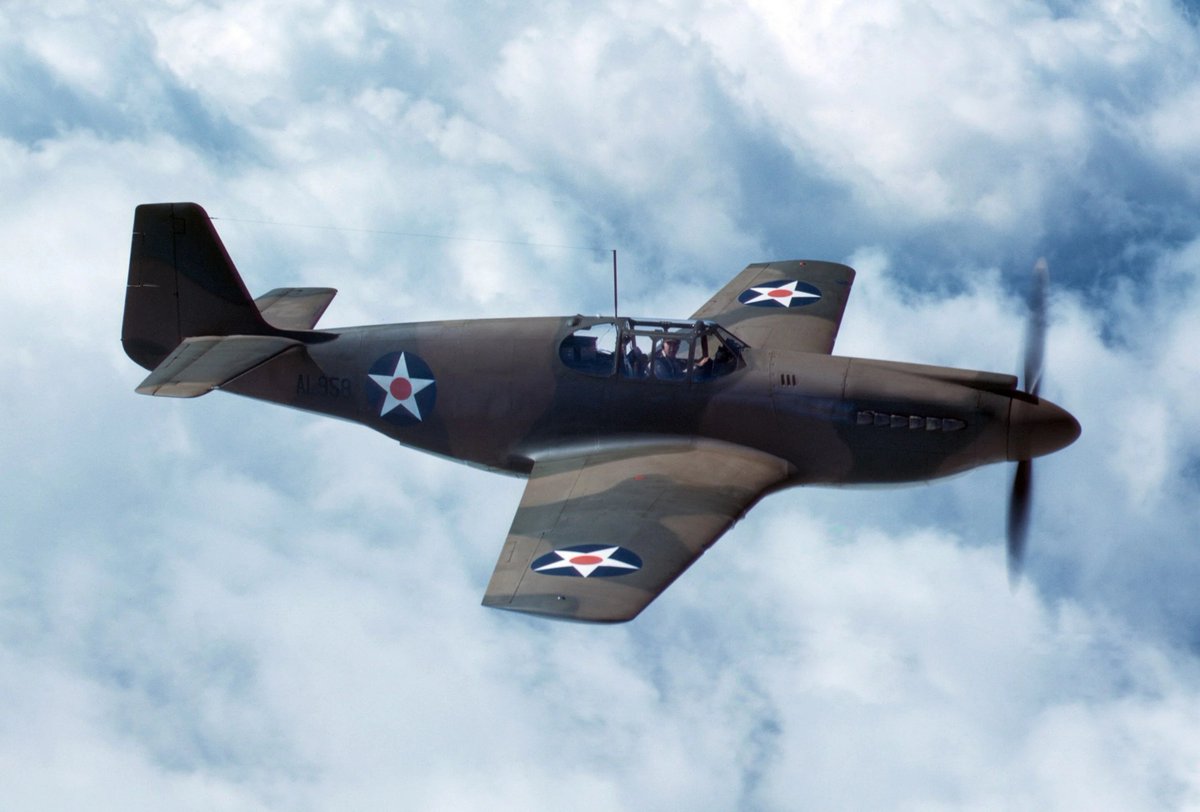
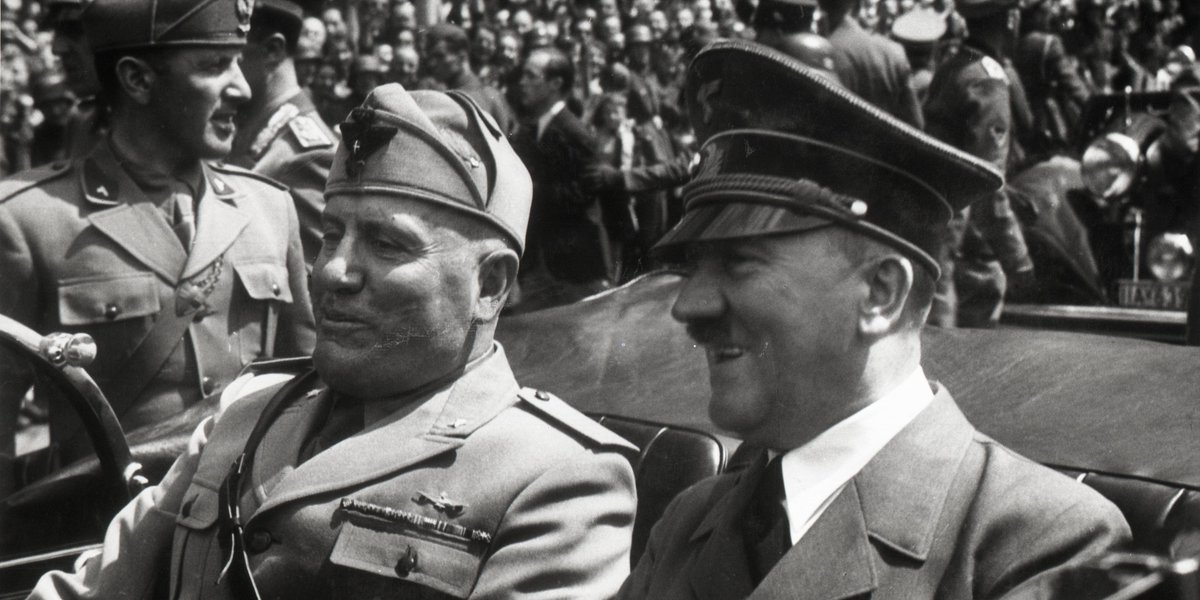
 At its heart is the repudiation of the Christian idea of the universal human condition which underpinned European enlightenment culture. So in a strange way it looked back to pagan myth but in the service of a building a new world, one which rejected the 'brotherhood of man'.
At its heart is the repudiation of the Christian idea of the universal human condition which underpinned European enlightenment culture. So in a strange way it looked back to pagan myth but in the service of a building a new world, one which rejected the 'brotherhood of man'. 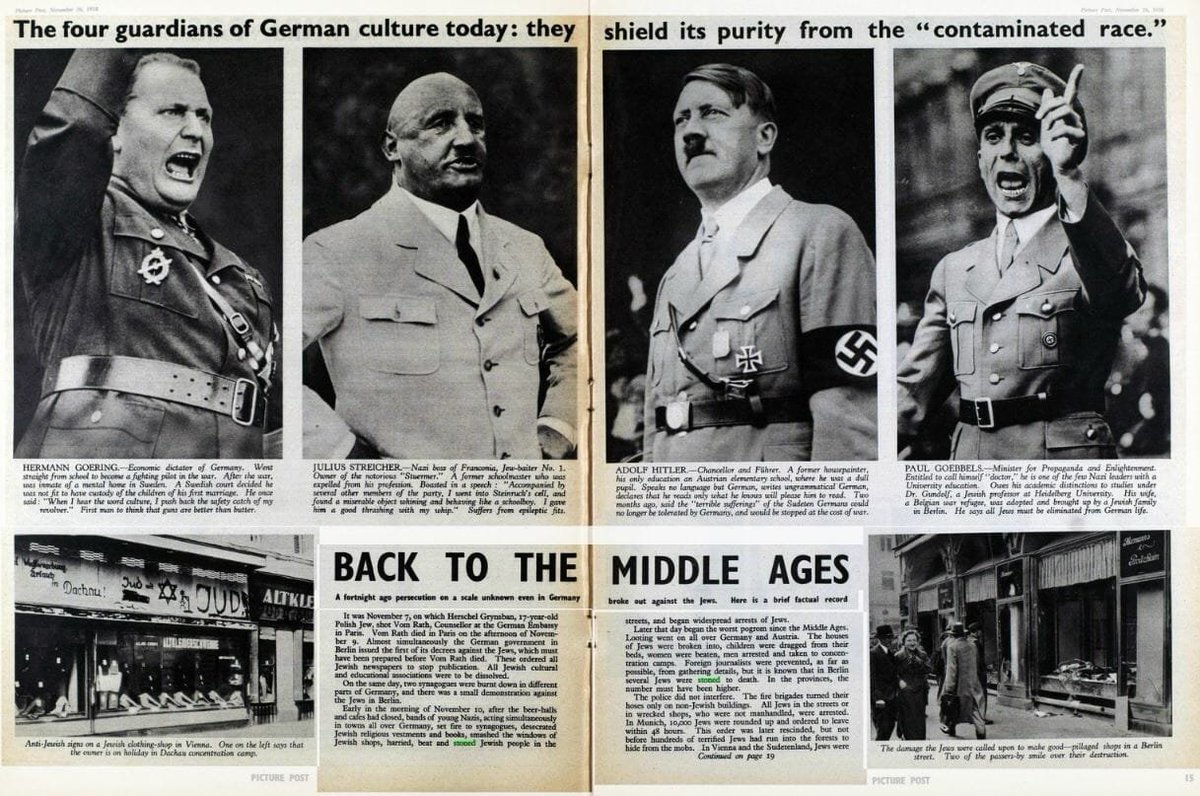
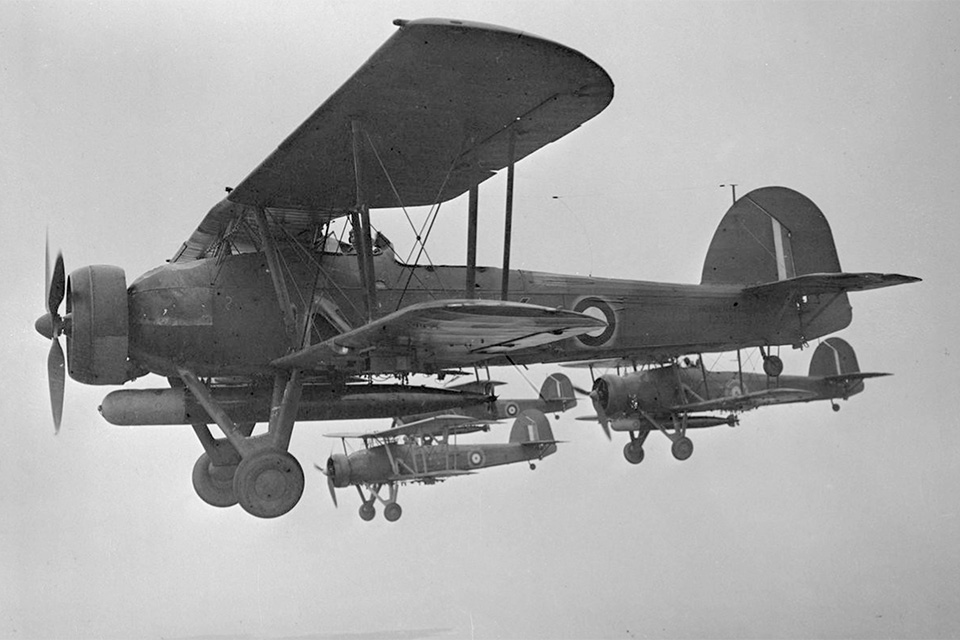
 The modern Mark XII and XIV 18" air launched torpedo were entering service to replace the fragile Mark XI (most of which were repurposed for use by MTBs), but the armour piercing bomb dated from the 1920s had a tiny explosive charge and couldn't be carried by Skua dive bombers.
The modern Mark XII and XIV 18" air launched torpedo were entering service to replace the fragile Mark XI (most of which were repurposed for use by MTBs), but the armour piercing bomb dated from the 1920s had a tiny explosive charge and couldn't be carried by Skua dive bombers. 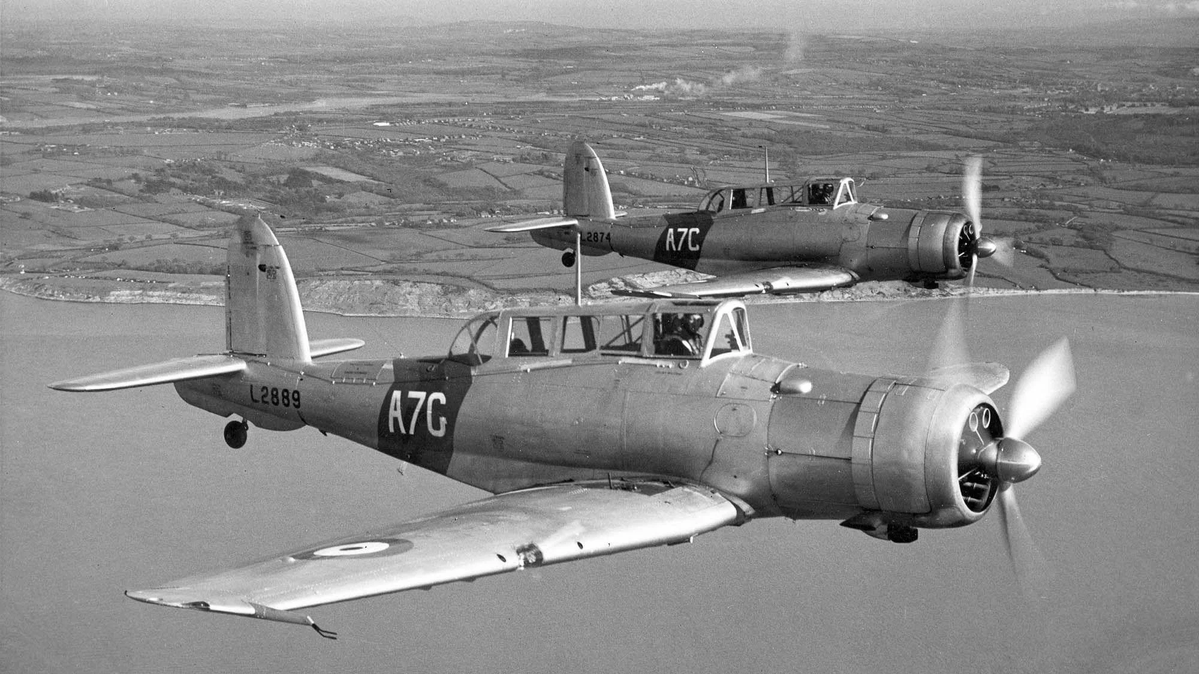
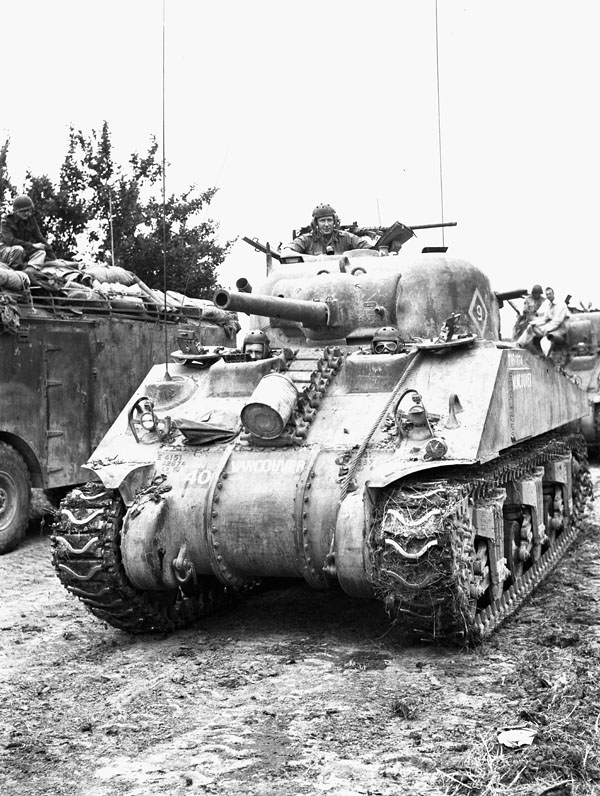
 The M4 was initially designed to be built by locomotive manufacturers using a fully cast hull and turret. Casting saved time and required fewer skilled employees to build than welded fabrication. The baseline M4 was powered by a modified Wright Whirlwind 1920s aeroengine.
The M4 was initially designed to be built by locomotive manufacturers using a fully cast hull and turret. Casting saved time and required fewer skilled employees to build than welded fabrication. The baseline M4 was powered by a modified Wright Whirlwind 1920s aeroengine. 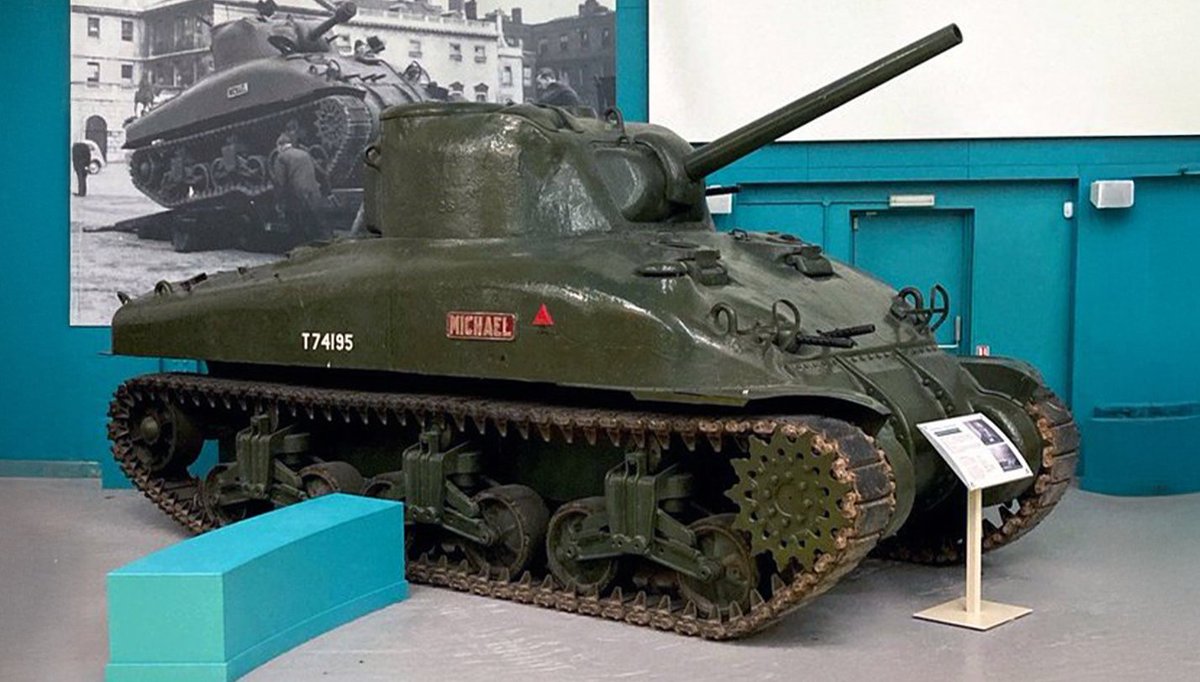

 When the Mosquito entered service it was very fast at 380mph at altitude, but soon pilots found that the new Bf 109G and Fw 190A fighters could catch them.
When the Mosquito entered service it was very fast at 380mph at altitude, but soon pilots found that the new Bf 109G and Fw 190A fighters could catch them. 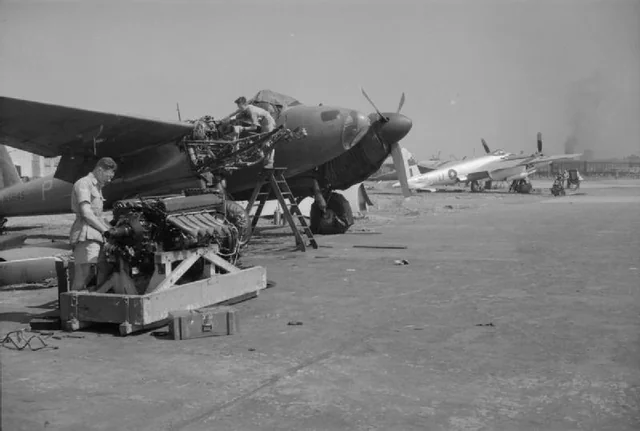
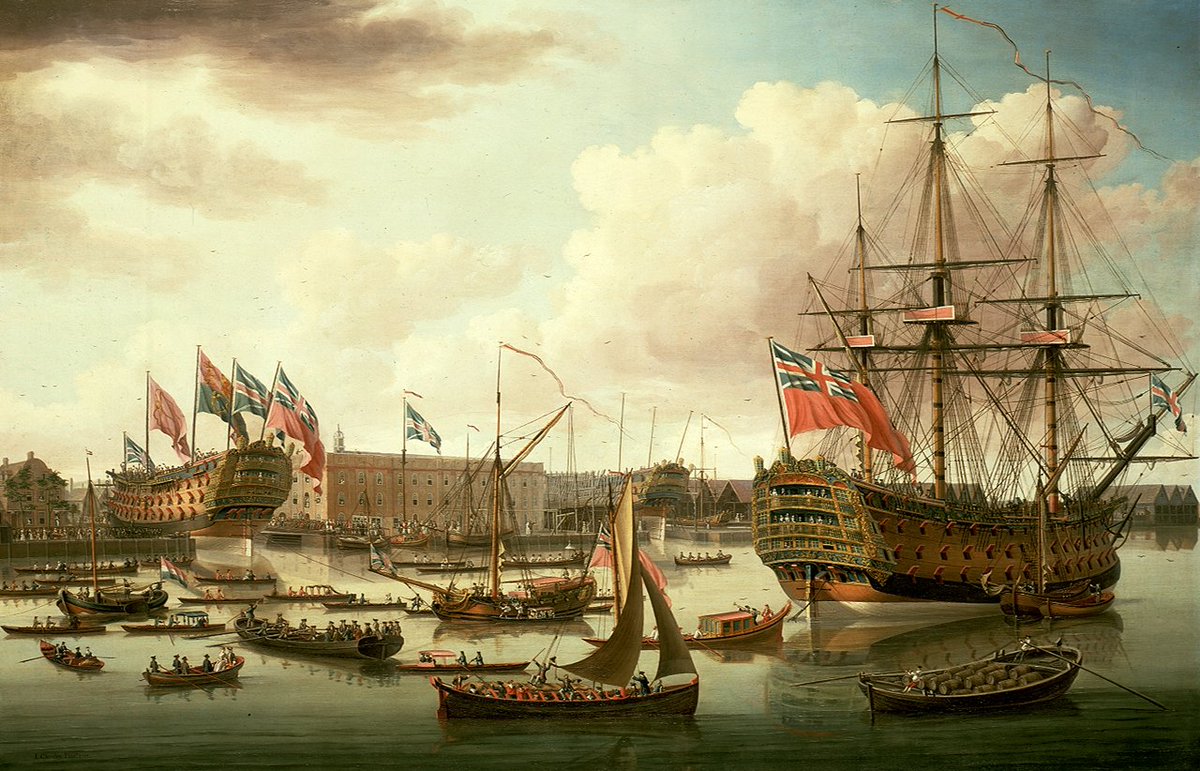
 The key moment was the appointment of John Montagu, 4th Earl of Sandwich, as First Lord of the Admiralty from 1747-51, 1763 and 1771-83. He oversaw a series of far reaching naval reforms and also invented fast food, both of which came to define the Anglo-Saxon world.
The key moment was the appointment of John Montagu, 4th Earl of Sandwich, as First Lord of the Admiralty from 1747-51, 1763 and 1771-83. He oversaw a series of far reaching naval reforms and also invented fast food, both of which came to define the Anglo-Saxon world. 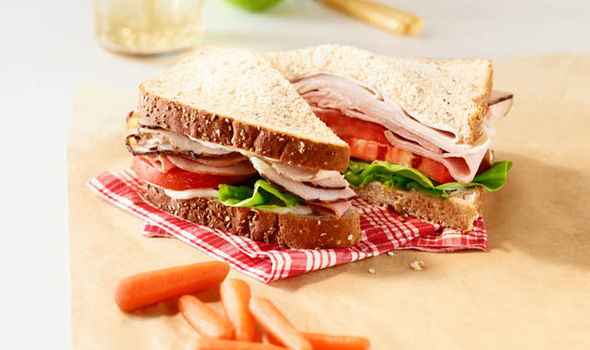
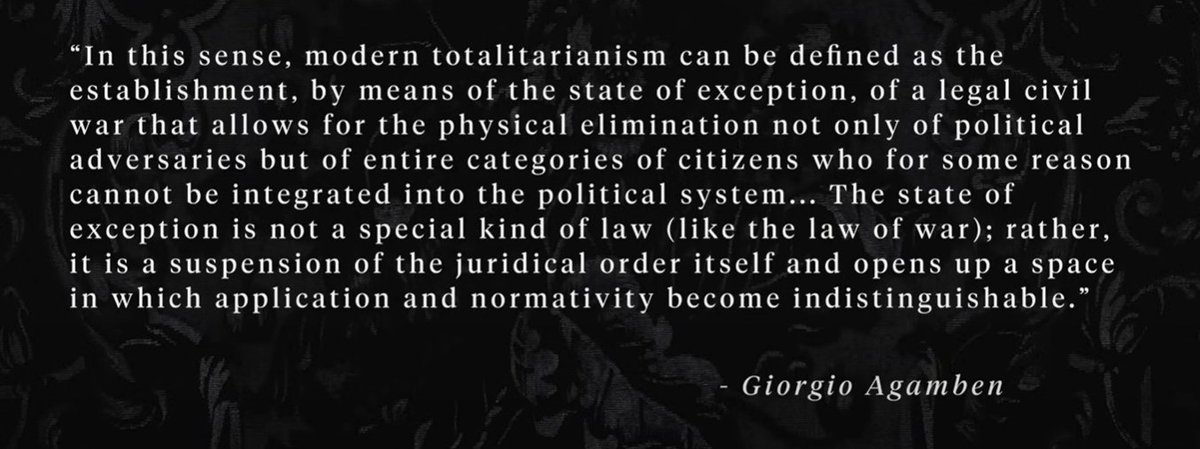
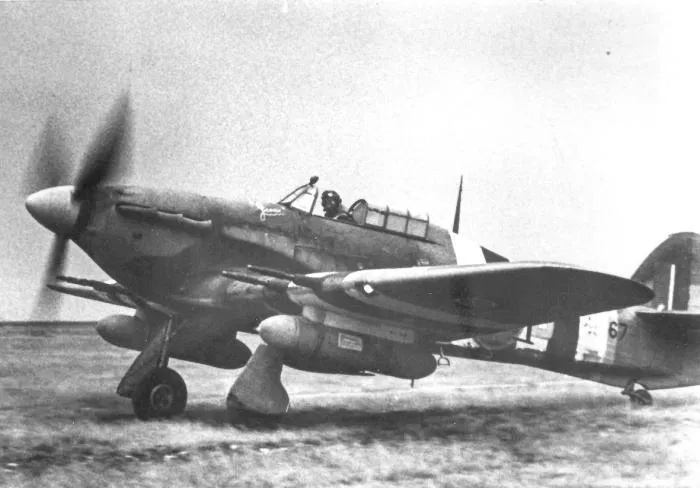
 Mail was carried in the port droptank and in the fuselage aft of the pilot. Guns were retained but no ammo was carried to reduce weight. By this time Hurricane production was ending, but they were still used by training units.
Mail was carried in the port droptank and in the fuselage aft of the pilot. Guns were retained but no ammo was carried to reduce weight. By this time Hurricane production was ending, but they were still used by training units. 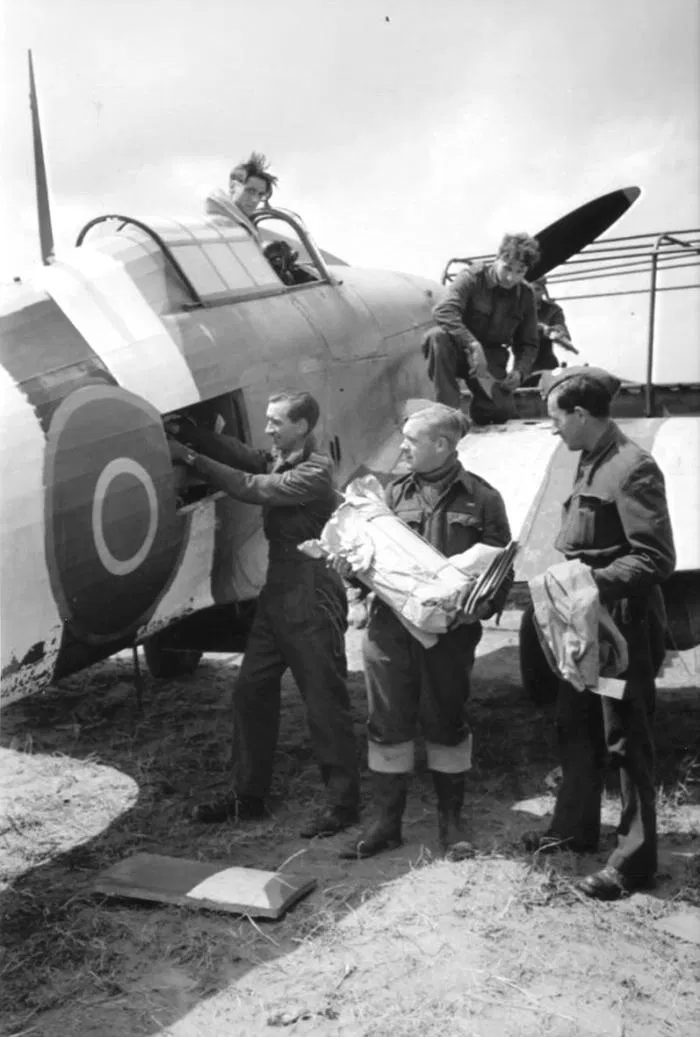
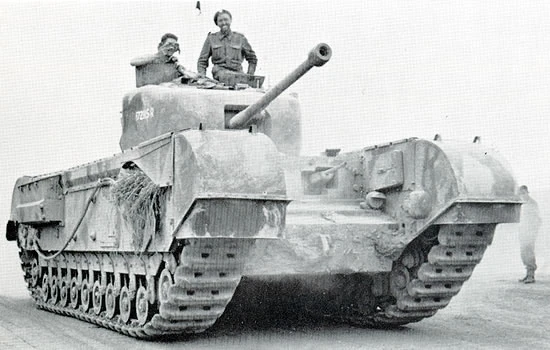
 The Churchill has its origins in hastily dusted off plans to send a new BEF to France after the Munich crisis in 1938.
The Churchill has its origins in hastily dusted off plans to send a new BEF to France after the Munich crisis in 1938. 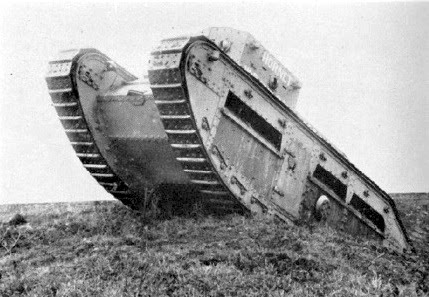



 Both BRAKESTOP and NIGHTFALL are sovereign developed, ITAR-free and domestically produced capabilities, like FC/ASW, but unlike the Anglo-French-Italian MBDA missile programme and to be low cost and rapidly developed for fielding before 2030.
Both BRAKESTOP and NIGHTFALL are sovereign developed, ITAR-free and domestically produced capabilities, like FC/ASW, but unlike the Anglo-French-Italian MBDA missile programme and to be low cost and rapidly developed for fielding before 2030. 

https://twitter.com/BiancoDavinci/status/1959026633060331987The castle served as an impregable command post, observation post, supply dump and garrison for a highly trained raiding force of mobile (mounted) warriors. These became 'knights'. The Normans, of Viking descent, used them to wrest control of territory in northern France.


 On the 'The Wargame' Sky podcast, Gen. Sir Richard Barrons, one of the SDR architects, said an 'Iron Dome' for the UK would cost £24 billion and is thus unaffordable.
On the 'The Wargame' Sky podcast, Gen. Sir Richard Barrons, one of the SDR architects, said an 'Iron Dome' for the UK would cost £24 billion and is thus unaffordable.

https://twitter.com/Destroye83/status/1939606168428503327The first 300 series squadrons were formed in July 1940 with experienced Polish refugee aircrews.


 Introduction of an ACP to FAA needs to be timed with a 2030s MLU of the carriers, but can enter service earlier with the RAF, initially as part of UK IAMD and for the SEAD/DEAD mission, increasing mass in the fast jet force.
Introduction of an ACP to FAA needs to be timed with a 2030s MLU of the carriers, but can enter service earlier with the RAF, initially as part of UK IAMD and for the SEAD/DEAD mission, increasing mass in the fast jet force. 

 During the 18th and early 19th centuries the sloop was formalised as an unrated single gundeck warship of 18 guns, under the command of a 'Master and Commander' rather than a post Captain. Smaller than frigates, they were used for trade protection on distant outposts.
During the 18th and early 19th centuries the sloop was formalised as an unrated single gundeck warship of 18 guns, under the command of a 'Master and Commander' rather than a post Captain. Smaller than frigates, they were used for trade protection on distant outposts. 

 Like the Bitterns, they would be built to naval standards, but power was raised from 3,300 to 19,000 shp on two shafts, giving a speed of 28 knts.
Like the Bitterns, they would be built to naval standards, but power was raised from 3,300 to 19,000 shp on two shafts, giving a speed of 28 knts.

 The 'P' class were armed with five 4" HA guns for improved AA performance.
The 'P' class were armed with five 4" HA guns for improved AA performance. 

 They had a heavier torpedo and ASW armament than the Battles - 10 torpedo tubes and twin 'squid' ASW mortars, and were optimised for ASW escort of carrier groups.
They had a heavier torpedo and ASW armament than the Battles - 10 torpedo tubes and twin 'squid' ASW mortars, and were optimised for ASW escort of carrier groups. 